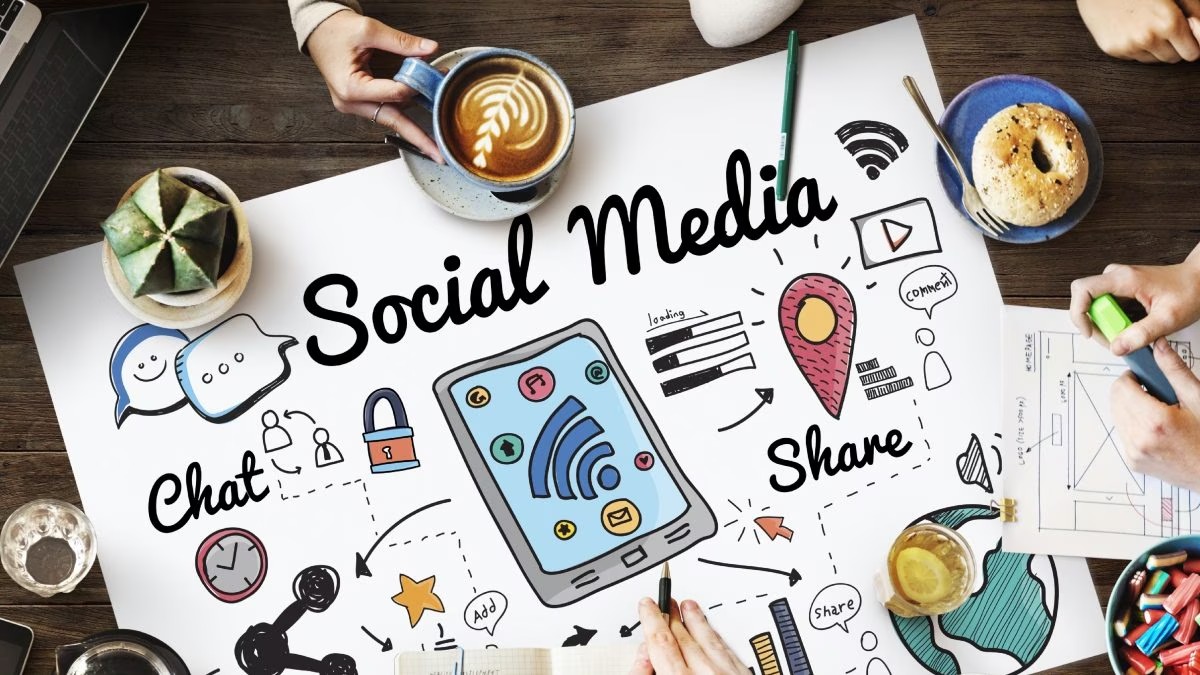
The Impact of Social Media on Students
In todays gadget-soaked world, social media sits squarely at the center of most students Day planners. Apps like Instagram, TikTok, Snapchat, Facebook and Twitter link classmates on campus and far beyond, letting them swap jokes, share notes and cheer each other on with a tap or a swipe. That convenience is hard to beat, yet the same channels can pull eyes away from lectures, pile on FOMO and stir up anxiety. So how much good and how much grief does social media actually pack into student life?
Positive Impact of Social Media on Students
One clear upside is the way social media builds quick connections and easy teamwork. Students can spin up group chats or join classroom pages, trade slides at midnight and explain tough math steps through a short video. That back-and-forth makes learning feel more social, keeps absentees in the loop and turns lonely study sessions into shared missions.
Social media gives students an easy stage to show off what they can do, link up with classmates, and follow hobbies that spill beyond regular lessons. Be it sketching, baking, programming, or blogging, these platforms connect them to a big, cheering crowd that lifts their self-esteem, sharpens social skills, and roughs up career readiness. Having that open channel for creativity and friendship often leaves them feeling happier and more rooted in a supportive community.
Negative Impact of Social Media on Students
Despite the bright side, social media carries real downsides for young people. Distraction stands out as a heavy problem. A steady stream of pings and the urge to scroll pull attention away from study notes or lectures, making it tougher to absorb information and, in the end, hurting grades. Falling behind in class can spiral into stress, overwhelm, and late-night cramming.
Social media also plays a part in slipping mental health. Trying to match the edited highlights of friends or worrying about cruel posts can chip away at self-esteem, build anxiety, and sometimes slide toward depression. Living in a constant game of comparison leaves many students feeling smaller than they are, widening the gap between mood and overall well-being.
Lastly, social media can play a messy role in students' social skills and everyday friendships. Young people often feel easier sending a DM than having an in-person chat, so their ability to tackle group work, smooth over arguments, or build close bonds can slide. Over time that habit makes real-world gatherings harder and can even push a student toward feeling alone.
How to Strike a Balance
Since quitting social media isn't realistic, students still need to pick up the habit of using it mindfully and in a healthy way. Short daily time limits, turning off pings while studying, and choosing uplifting, teachy accounts keep the phone from becoming a magnet. Meanwhile, parents and teachers at the best school in Gurgaon can guide kids, showing them how to mesh digital know-how with solid face-to-face skills. Lessons on smart sharing, privacy, and kindness online give young people the tools to enjoy the good parts of social media while dodging the bad.
Social media affects students like a double-edged sword-it can spark fresh ideas and help them connect or steal their focus and drain their energy. Staying safe and productive online means striking a sensible balance, learning good habits, and sticking to them. With clear guidance, honest talks, and a bit of self-discipline, these platforms can turn into handy study aids, support networks, and practice grounds for responsible digital citizenship in tomorrows world.